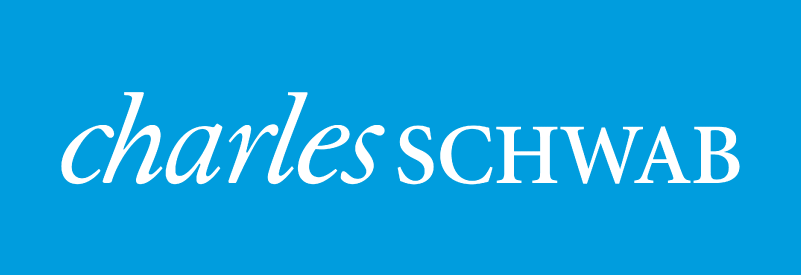With an S&P 500 gain of 18% in the first four months, 2019 ranks as the fourth best start to a year on record and is one of only 15 times since 1950 with four consecutive positive months to begin the year. Key events on the month included kicking the Brexit can again down the road, Q1 earnings calls, central bank policy decisions, and China trade/credit stimulus developments. Relative economic strength in the U.S. bolstered the US dollar for the month, now up over 6% in the prior year. Strong earnings in Europe and building credit impulse in China drove non-U.S. risk markets higher as well. Global economic manufacturing momentum remained lackluster while both monetary and fiscal policy were supportive.
Market Anecdotes
- FOMC voted 10-0 to keep rates on hold at 2.25-2.5% noting patience and muted inflationary pressures. Powell’s presser made clear rate cuts were not the Fed’s next step.
- Q1 earnings season has been fairly constructive. Estimates started at -4.8% and are sitting today at only -0.8% with beat rates of 65.9%/55.6% (earnings/revenue). Forward guidance has been flat while outlooks have skewed notably to the positive.
- The EU voted to extend Brexit “only as long as necessary”, but no longer than October 31st. Also, the UK must hold elections on May 23rd for the European Parliament. If they do not, they will ‘hard exit’ the EU on June 1st.
- Stoxx 600 (Europe) earnings and sales are +17.5% and +4.3% respectively with financials (+57%) as the upside outlier and real estate/energy on the downside.
- Aggregate credit in China rose by 11.6% or RMB 8.5 trillion ($1.3 trillion U.S.). Chinese credit stimulus is on. BCA noted the Chinese credit impulse tends to lead both mainland China and the global manufacturing cycle by approximately 9 months.
- U.S.-Sino trade negotiations progressed in April, but a resolution remained elusive. Difficult to tell whether POTUS saber rattling in early May is a negotiating tactic or signaling a true impasse.
- An Arbor Research keyword scan of earnings transcripts noted the high frequency of ‘wage and price increase’ comments which is a good reason to monitor the pivot from soft data point to hard data observation very closely.
- Ryan Detrick from LPL noted that periods where new highs took place with a six month or more gap in between, returns over the next 12 months averaged 12.9% and 17 of the 18 periods recorded a positive return.
- The average stock was up 3.54% in April with valuation factors fairly pronounced. The lowest P/E stocks (+6.52%) handily outpaced the highest P/E stocks (+1.37%).
- High yield spreads bottomed in middle April and have trended sideways to slightly higher since (S&P up 1.2% in that timeframe). This may be an indication of profit taking in high yield which is off to its sixth best start to a year since 1987 (+7.4%).
Economic Release Highlights
- Q1 GDP posted a very solid 3.2%, well above the 2.3% consensus and best Q1 in four years.
- March headline/core PCE came in at 1.5%/1.6% YoY increases, respectively. March consumer spending beat expectations, increasing 0.9%.
- March retail sales came in strong at 1.6%, beating expectations (+0.8%) and posting the best reading since the GFC. The March result offsets the 1.6% surprise decline in December.
- April’s ISM Manufacturing Index registered its weakest reading in 2 years at 52.8 (-2.5) while the ISM Non-Manufacturing Index of 55.5 came in below consensus. ISM combined was 55.2, the lowest reading since the 2016 election.
- The April U.S. PMI Manufacturing Index increased 0.2 to 52.6. Global Manufacturing PMIs improved slightly to 50.4 (DM 50.7, EM 50.2). Year ago levels were 53.8 (DM 55.6, EM 52.0).
- The April employment report was goldilocks. The unemployment rate fell to 3.6%, the lowest since December 1969. Importantly, wages stayed flat at 0.2%/3.2% MoM/YoY.
- Labor market tightness remained evident with low levels of available workers (10mm @ record low).
- The Conference Board’s Consumer Confidence index registered 129.2, beating calls for 127.1 with a notable jump from the March 124.2 reading. This is more than 8 points off its high, but still well above the long-term historical average of 95.0.
- March new homes sales of 692,000 was the best reading since November 2017, likely propped up by falling rates as 30-year conventional mortgages fell from 4.64% in December to 4.27% in March. Pending home sales +3.8% handily beat expectations for 0.7%, pointing to a good start for housing in the second quarter.
- The MBA mortgage home purchase applications report hit a nine-year high.




Leave a Reply